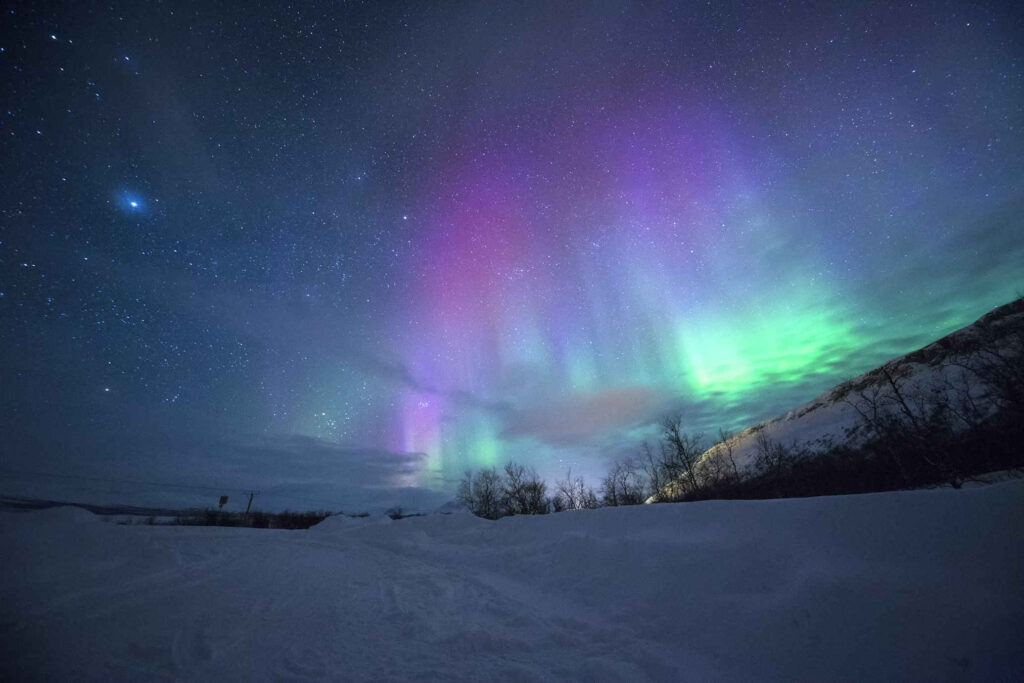
Extraordinary displays of aurora have captivated viewers around the globe, reaching latitudes that rarely experience the light shows.
Experts say the spectacular phenomenon was sparked by an increased solar activity, particularly coronal mass ejections (CMEs) and solar flares. When charged particles from the sun collide with Earth’s magnetic field, they can travel toward the polar regions, interacting with the atmosphere to create luminous auroras in the skies.
Auroras, or the Northern and Southern Lights, are commonly visible at higher latitudes near the Arctic and Antarctic Circles. However, the recent solar events have pushed the ethereal glow much farther, with reports of visible auroras across the United States, Europe, and New Zealand, among other locations. In some cases, these lights were seen as far south as the state of Virginia in the US.
But a curious AI response possibly points to a more sinister origin, shared recently on social media by medical expert Dr. Robert Malone.
Using Perplexity AI, Malone confirmed that on May 10th, 2024, the HAARP facility performed experiments to generate aurora-like lights in the ionosphere. This involved stimulating electrons with high-frequency radio waves to create ‘airglow.’
The experiment, named ‘Making the Invisible Visible,’ sought to determine whether HAARP’s radio transmissions could produce hot electrons that would lead to a phenomenon known as STEVE, or Strong Thermal Emission Velocity Enhancement.
HAARP, or the High-Frequency Active Auroral Research Program, is a controversial research facility located in Gakona, Alaska, dedicated to studying the ionosphere.
Initially developed as a joint project by the U.S. Air Force, Navy, and the Defense Advanced Research Projects Agency (DARPA), HAARP was designed to investigate ionospheric phenomena and their potential effects on communication and navigation systems. The facility uses high-frequency radio transmitters to send signals into the ionosphere, studying how this atmospheric layer influences signals and potentially enabling better prediction of its behavior. Its research has sparked public interest and speculation due to the nature of the work.
When do conspiracy theories become reality?
The following text is from the subscription AI program (Perplexity) that I use for general searches.
“On May 10th, 2024, HAARP conducted experiments to artificially create aurora-like glows or “airglow” in the ionosphere by exciting… pic.twitter.com/xrX8RzuTq2— Robert W Malone, MD (@RWMaloneMD) May 11, 2024
Image credit: Lightscape
Why does man try to act so tall?
Definitely HAARP.
I mean they even said so. Why didn’t our media report that? (I know why lol)